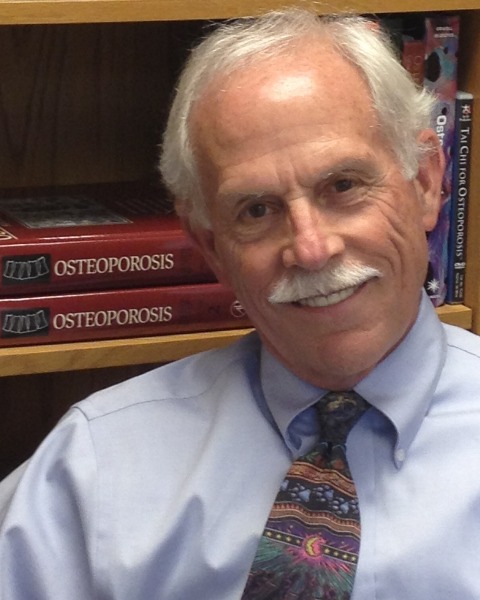Parathyroid/Bone Disorders
Abstract E-Poster Presentation
Romosozumab Efficacy in Postmenopausal Women Without Prior Fracture Who Fulfill AACE Criteria for Osteoanabolic Therapy: Post-Hoc Analysis of Clinical Trial Data
- CD
Cynthia Deignan, PhD
Medical Director
Amgen Inc.
Thousand Oaks, California, United States 
Michael R. McClung, MD, FACP, FACE, FASBMR
Emeritus Director
Oregon Osteoporosis Center
Portland, Oregon, United States- DB
Donald Betah, MD
Clinical Research Sr. Medical Scientist
Amgen Inc.
Thousand Oaks, California, United States - YS
Yifei Shi, MS
Biostatistics Senior Manager
Amgen Inc.
Thousand Oaks, California, United States - JT
Jen Timoshanko, PhD
Medical Director
UCB Pharma, United Kingdom 
Felicia Cosman, MD
Professor of Medicine
Columbia University Medical Center
Suffern, New York, United States
Poster Presenter(s)
Primary Author(s)
Co-Author(s)
New guidelines, including AACE, recommend initial osteoanabolic therapy in women with postmenopausal osteoporosis who have not had a fracture (fx), including those with very low BMD or very high fx probability by FRAX. In this post-hoc analysis, we evaluated the efficacy of romosozumab (Romo) in patients from FRAME without prior fx at baseline who met the 2 AACE criteria cited below for consideration of osteoanabolic therapy.
Methods:
In FRAME, postmenopausal women received Romo or placebo (Pbo) for 12 months followed by denosumab (DMAb) for 12 months. Eligibility criteria included a T-score of –2.5 to –3.5 at the total hip (TH) or femoral neck and no history of hip fx nor any severe or >2 moderate vertebral fx. We applied the 2 AACE criteria captured in the clinical report forms (T-score at the lumbar spine [LS] or TH < –3.0 and/or a very high fx probability by FRAX [major osteoporotic fx >30%, hip fx >4.5%]) to patients with no history of nonvertebral fx or prevalent vertebral fx at baseline (No-Fx/AACE subgroup). Mean BMD percentage change from baseline and incidence of new vertebral, clinical, and nonvertebral fx were evaluated at Years 1 and 2. Treatment group comparisons were analyzed using analysis of covariance for BMD, the Mantel-Haenszel method and logistic regression for new vertebral fx, and Cox proportional-hazards model for clinical and nonvertebral fx. All statistical models were adjusted for baseline covariates, without multiplicity adjustment.
Results:
Of 7180 FRAME participants, 2825 were identified for the No-Fx/AACE subgroup. Mean age was 71 years and mean baseline T-scores were –3.0 at the LS and –2.6 at the TH. At Year 1 in the No-Fx/AACE subgroup, BMD changes with Romo vs Pbo were 14.1% vs 0.5% (p < 0.001) at the LS and 6.4% vs 0.3% (p < 0.001) at the TH. At Year 2, BMD changes with Romo/DMAb vs Pbo/DMAb were 17.8% vs 6.0% (p < 0.001) at the LS and 9.2% vs 3.4% (p < 0.001) at the TH. At Year 1 in the No-Fx/AACE subgroup, Romo vs Pbo reduced risk for new vertebral fx (incidence: 0.4% vs 1.5%; relative risk reduction [RRR]: 76%), clinical fx (incidence: 1.0% vs 2.5%; RRR: 60%), and nonvertebral fx (incidence: 0.9% vs 1.9%; RRR: 54%) (all p< 0.05). Fx risk reduction was maintained through Year 2 in participants receiving Romo/DMAb vs Pbo/DMAb in the No-Fx/AACE subgroup (new vertebral fx RRR: 77%; clinical fx RRR: 54%; and nonvertebral fx RRR: 46%) (all p< 0.05).
Discussion/Conclusion:
Romo significantly increased BMD and reduced vertebral and nonvertebral fx risk compared with Pbo in participants with no prior fx who had very low BMD or very high fx probability.
